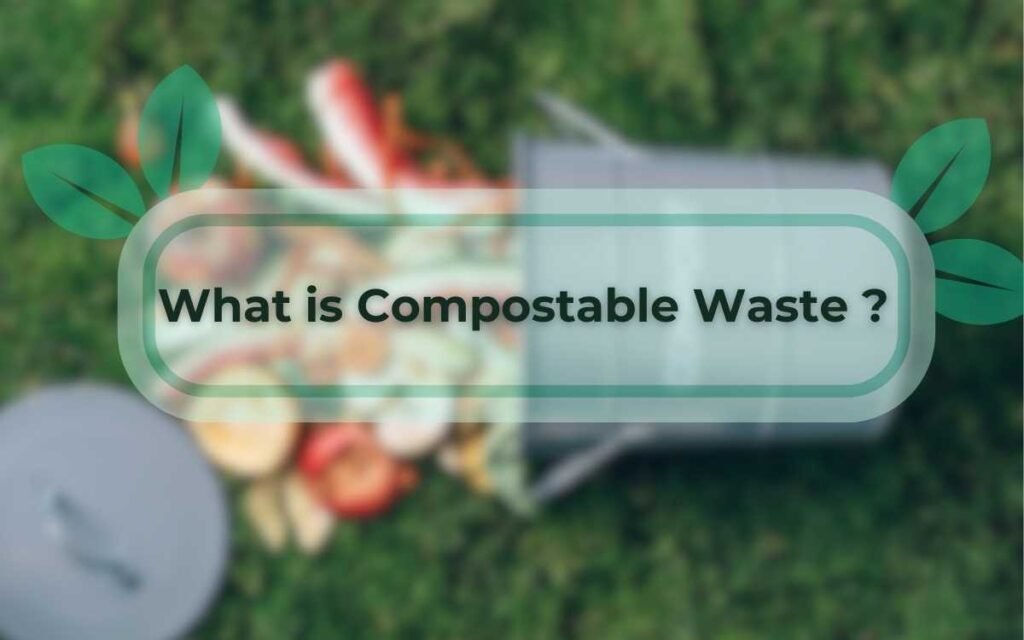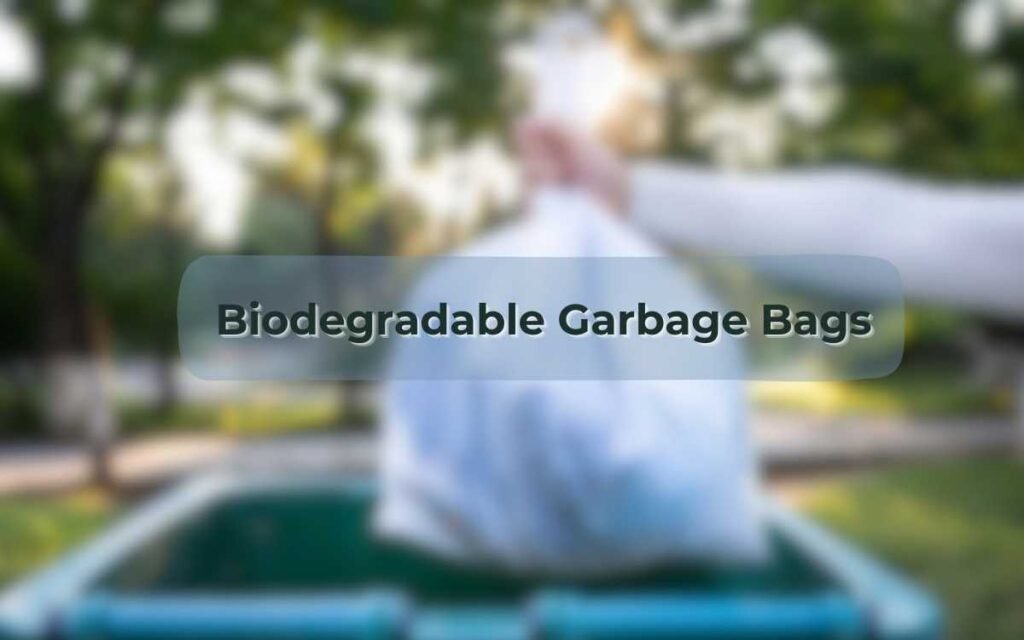Introduction
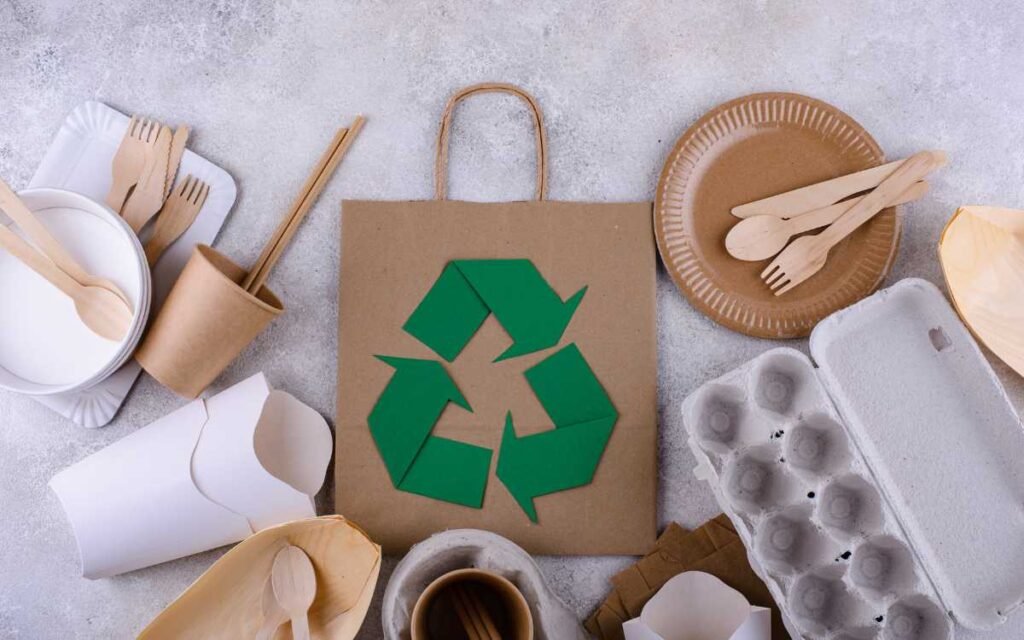
Sustainable packaging is not just a buzzword. It’s a demand in the corridors of consumer minds. Today, a staggering 81% of consumers are demanding sustainable packaging solutions. This shift shows just how much we care about our planet and the way our choices impact it.
So, in today’s post, let’s dive into what sustainable packaging is all about, why it’s crucial, and how we can all contribute.
What is Sustainable Packaging?
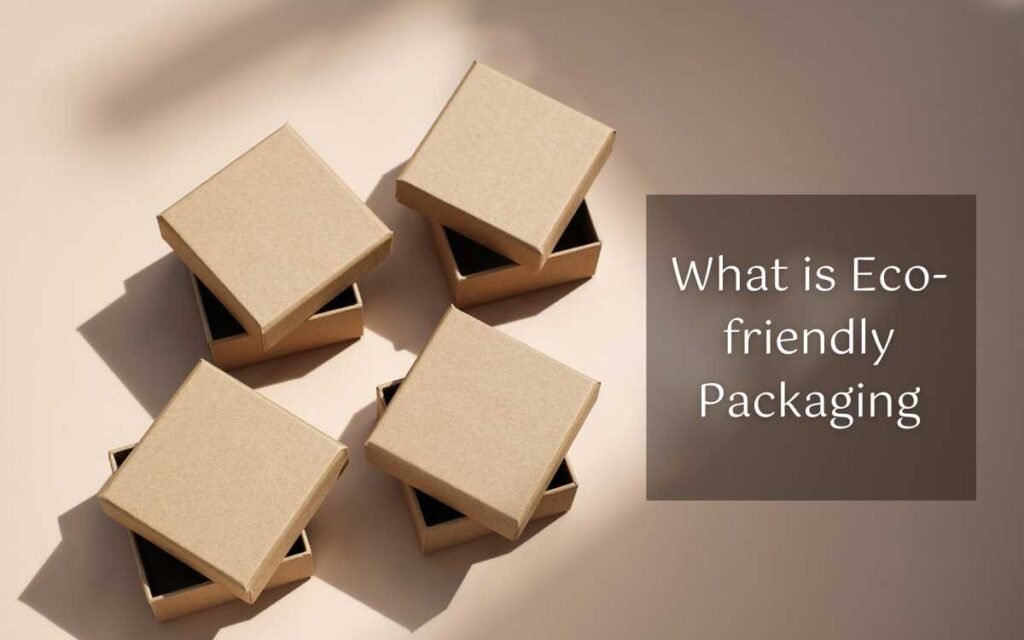
So, what exactly is sustainable packaging? Simply put, it’s packaging that’s designed with the environment in mind. This means it uses biodegradable, recyclable, or compostable materials. This reduces the overall footprint.
For instance, a box of cereal that comes in a fully recyclable cardboard box, with the inner bag made of compostable materials. After enjoying your breakfast, you can recycle the box and compost the bag, leaving virtually no waste behind. Cool, right? This way, we cut down on waste and give materials a second life.
But it’s not just about the materials. Sustainable packaging is also about the entire lifecycle of the package. This includes how it’s produced, how it’s used, and what happens to it after it’s discarded. The goal is to minimize environmental impact at every stage.
Why is Sustainable Packaging Important?
The importance of sustainable packaging cannot be overstated. Here are some reasons why it matters
1. Protecting the environment
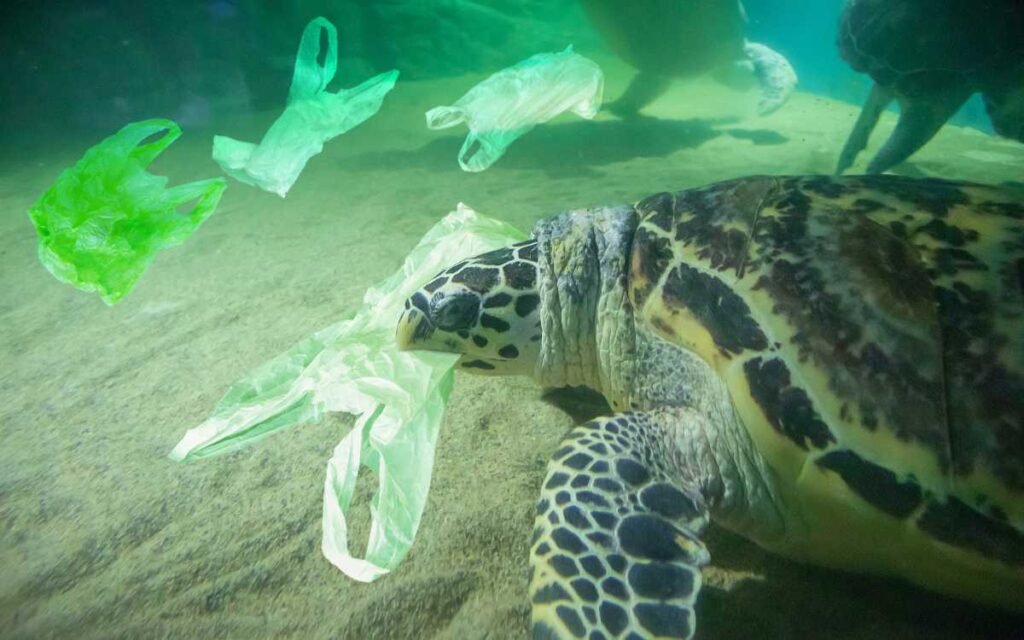
Traditional packaging often ends up in landfills or our oceans. It harms wildlife and ecosystems. Plastics can take hundreds of years to break down. During that time, they can release harmful chemicals and microplastics into the environment. Sustainable packaging helps reduce this damage. It is more eco-friendly. It breaks down naturally or is made into new products. For example, biodegradable packaging decomposes faster and safely. This reduces pollution and saves natural habitats.
2. Reducing carbon footprint

Making and throwing away traditional packaging materials, such as plastic and aluminum, emits lots of greenhouse gases. These gases contribute to climate change. Sustainable packaging is made from plants or recycled materials. It often creates fewer of these gases. This helps fight climate change by lowering the overall emissions linked to packaging. Plus, using renewable energy sources in production can further cut down the environmental impact.
3. Building consumer trust and engagement
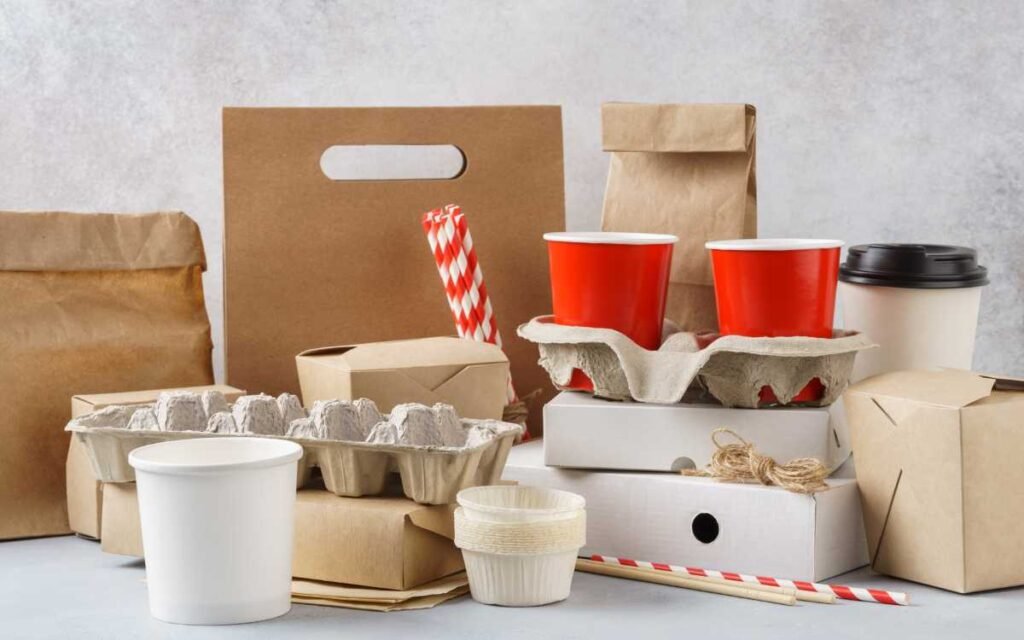
These days, people are paying more attention to the environment and want to support brands that are doing their part to help. When companies use sustainable packaging, it catches the eye of eco-conscious customers. It keeps them coming back. This builds a loyal group of customers who really believe in the brand. Plus, it makes the company look good and gets people talking about how awesome they are for caring about the planet. When a brand shows they care about sustainability, it builds trust and makes people want to support them even more.
4. Spurring innovation and differentiation
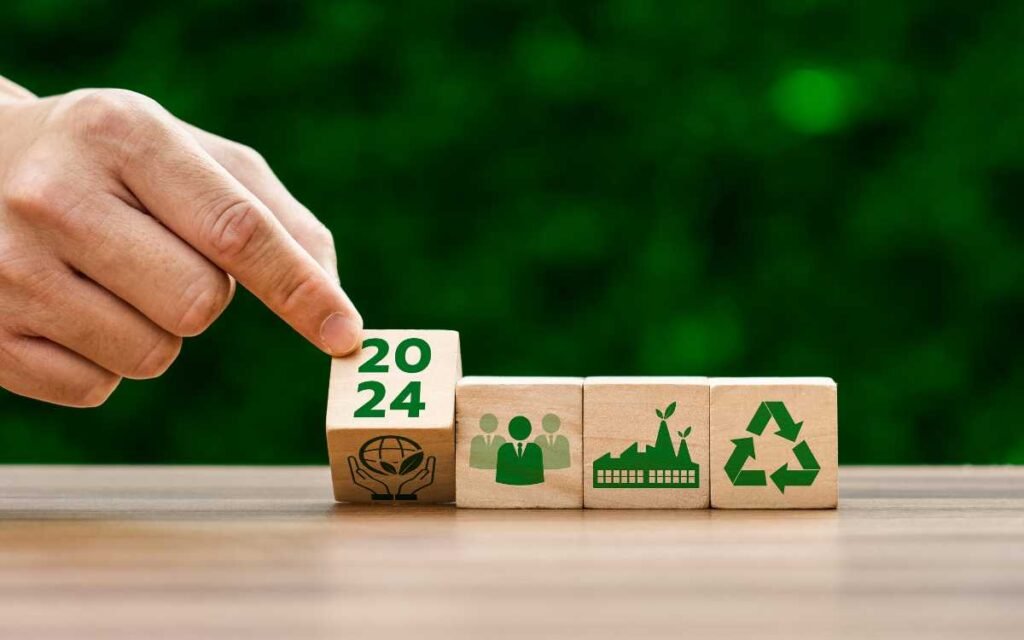
Embracing sustainable packaging can lead to new ideas and creative solutions. It pushes companies to make new materials and designs. They must be good for the planet, but also practical and attractive. For example, some companies are experimenting with packaging that can be eaten or made from agricultural waste. This can set brands apart from their competitors. It can attract customers who value forward-thinking.
5. Saving money on waste management
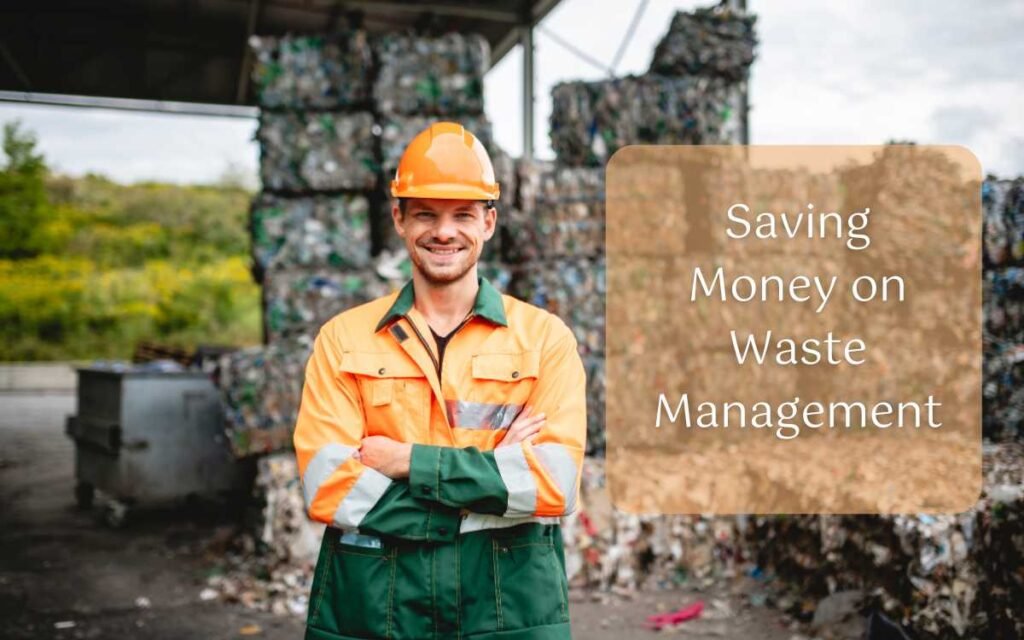
While sustainable packaging might cost more at first, it can save money in the long run. Using less material, paying less for waste disposal, and getting incentives for recycling can all reduce costs. For example, lighter packaging can lower shipping costs and the amount of waste to manage. In addition, sustainable packaging can be part of a circular economy. Here, materials are reused over and over, creating long-term savings. Companies can also avoid fines for not following environmental rules.
6. Helping achieve global sustainability goals

Many countries and international groups have set big goals to reduce plastic waste and carbon emissions. By using sustainable packaging, companies can help reach these goals and make a big difference. For instance, the European Union aims to make all plastic packaging recyclable by 2030. Such goals can also foster new partnerships and funding opportunities. They show they are responsible. They care about the future.
Can Plastic Packaging Be Recycled?
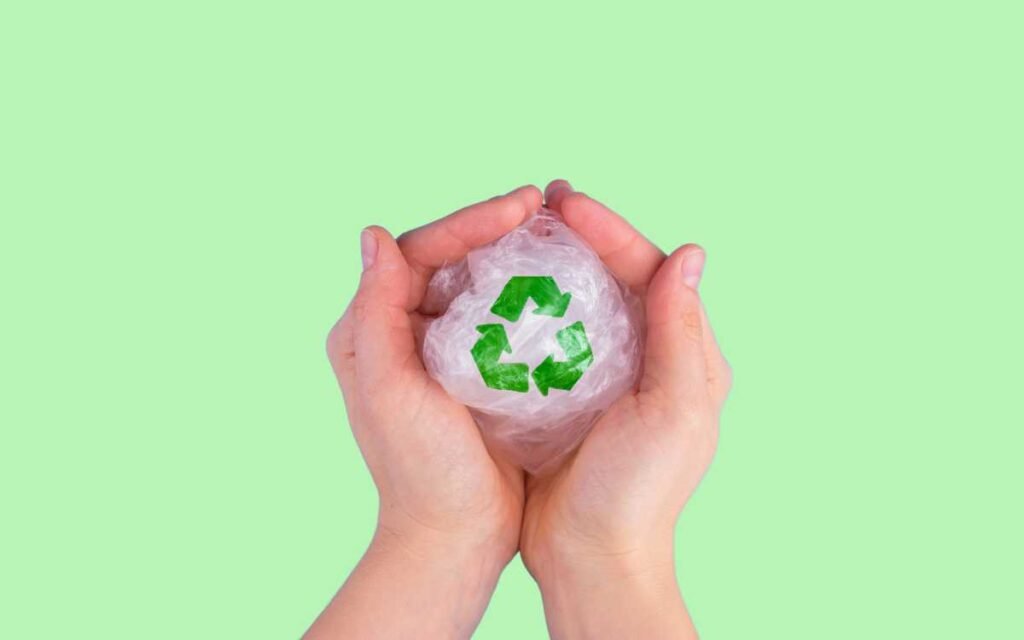
Plastic packaging has long been a major cause of pollution. This is due to its slow breakdown and low recycling rates. However, new recycling tech and increased awareness have made plastic recycling easier than ever.
While not all types of plastic are easily recyclable, many can be repurposed into new products with the right infrastructure in place. PET and HDPE are among the most commonly recycled plastics. They are often used in bottles, containers, and packaging.
Recycling plastic packaging diverts waste from landfills. It also saves resources by cutting the need for new plastic. We can raise plastic recycling rates a lot. We can do this by investing in recycling facilities. Similarly, we can also do it by educating consumers about proper disposal. That will also reduce its environmental impact.
How Much Packaging is Wasted Each Year?
Packaging waste is a big problem around the world, with a lot of it being thrown away every year. Here are some important facts:
Plastic Waste
Almost half of all the plastic waste we produce comes from packaging like bottles and bags. Every year, we make a huge 141 million tonnes of plastic packaging. That’s a lot of plastic ending up in our environment, causing pollution and harming wildlife.
EU Packaging Waste
In the European Union, people throw away about 84 million tonnes of packaging every year. That’s like throwing away millions of cars! On average, each person in the EU tosses out about 7 kilograms of packaging annually. It shows that packaging waste is a big issue for everyone.
Main Materials
Paper and cardboard are the most common packaging materials thrown away in the EU. They make up a huge 34 million tonnes. Plastic comes next, with 16.1 million tonnes, and then glass packaging waste, with 15.6 million tonnes. Recycling these materials can be tough, so finding better ways to deal with them is important.
EU Recycling Efforts
The EU is doing a good job with recycling packaging waste. It’s estimated that they recycle an impressive 84.2% of it. Recycling helps reduce waste and saves resources for the future.
USA Packaging Waste
In the United States, containers and packaging make up a big chunk of the waste we throw away, about 2 million tonnes every year. Shockingly, packaging materials make up 63% of all the solid waste in the USA. This shows that we need better ways to deal with packaging waste.
Information source: businesswaste.co.uk
These numbers show just how much packaging waste we create each year. But we can help by recycling more, using less packaging, and finding better ways to deal with waste. This will protect our environment and make a difference for the future.
Bottom line
The huge amount of packaging waste we produce each year is a big problem for our planet. But there’s hope! By working together and taking small steps, like recycling more and using less packaging, we can make a big difference. It’s important for everyone to join forces. This includes individuals, businesses, and governments. They must work together to find better ways to deal with packaging waste. Let’s all do our part to protect the environment and create a brighter future for the next generations.




